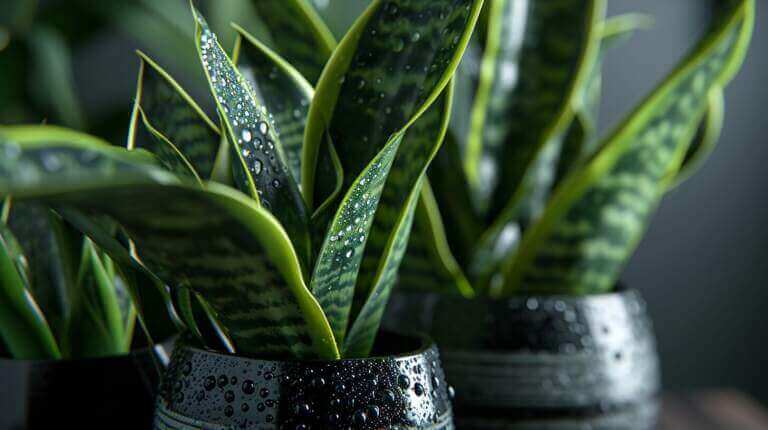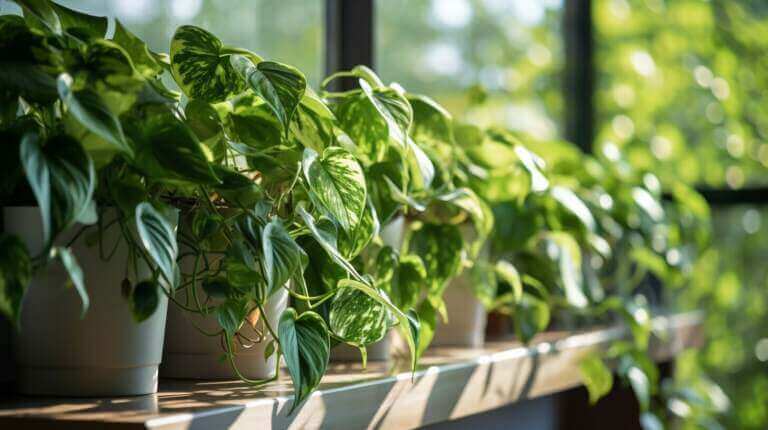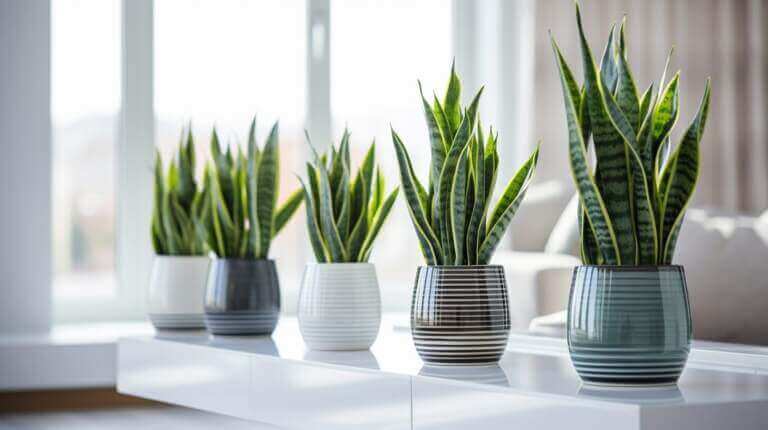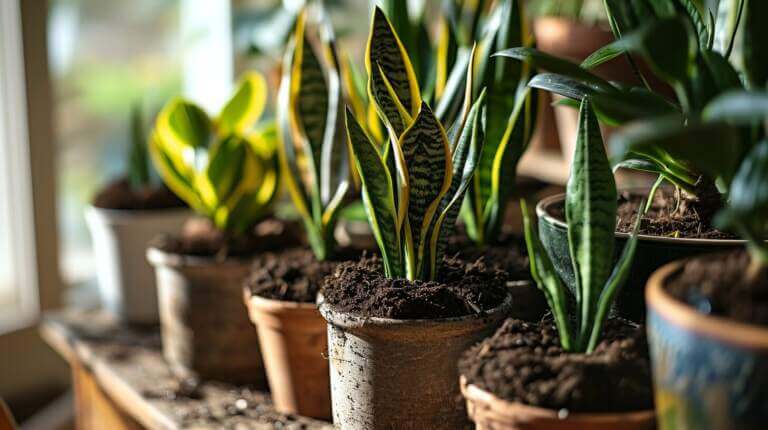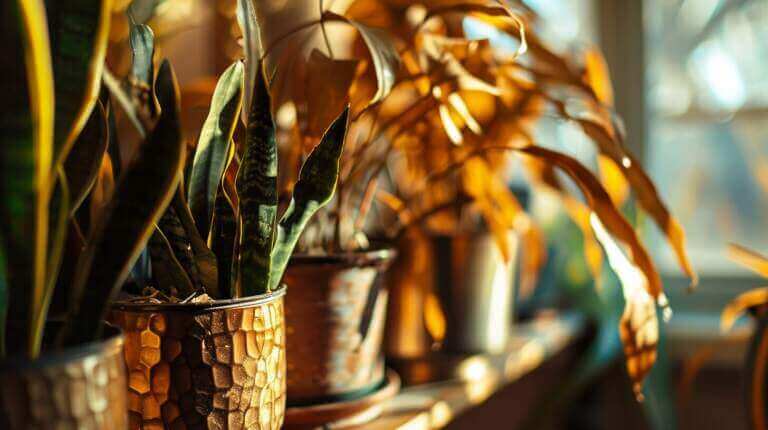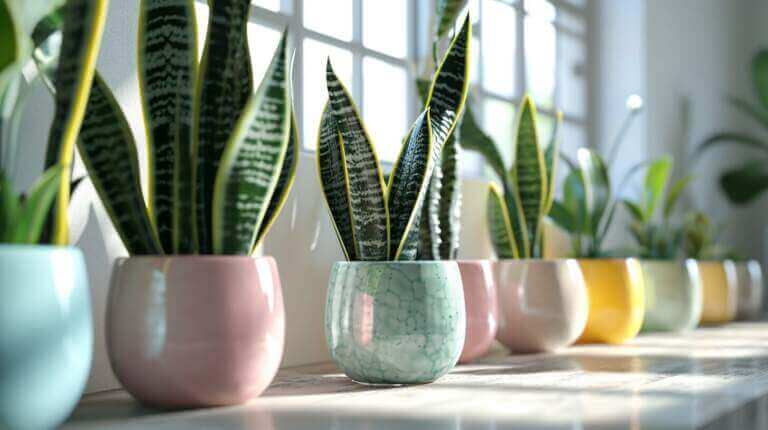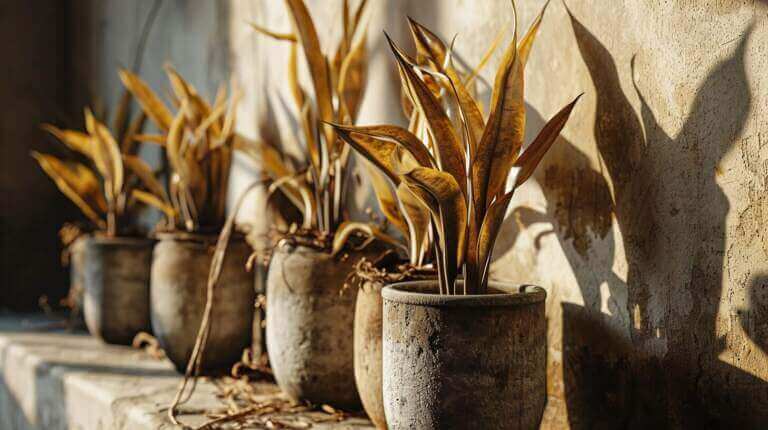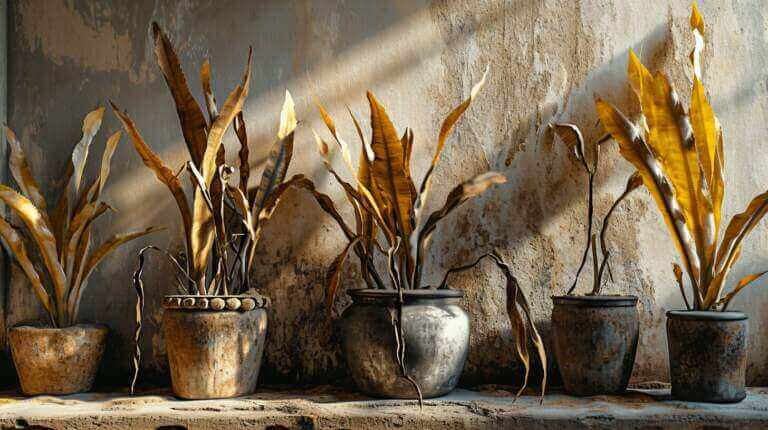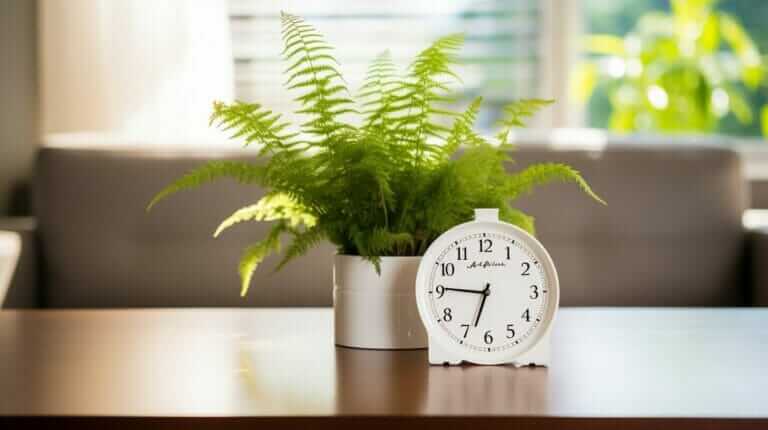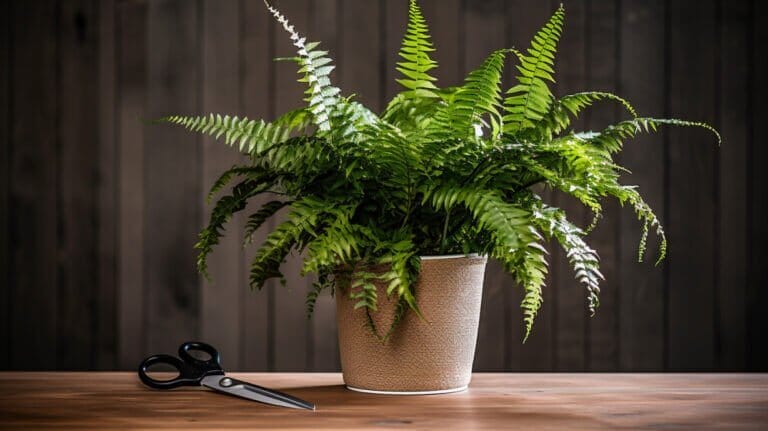How Often Should I Water A Snake Plant: Care Guide for Watering Sansevieria
How Often to Water a Snake Plant for Optimal Hydration: An Easy Care Guide Want your snake plant to thrive? Understanding how often to water it is key. With thick leaves that store water, snake plants are practically designed for beginner gardeners. This hardy and low-maintenance tropical plant can easily be underwatered or overwatered. Water…

